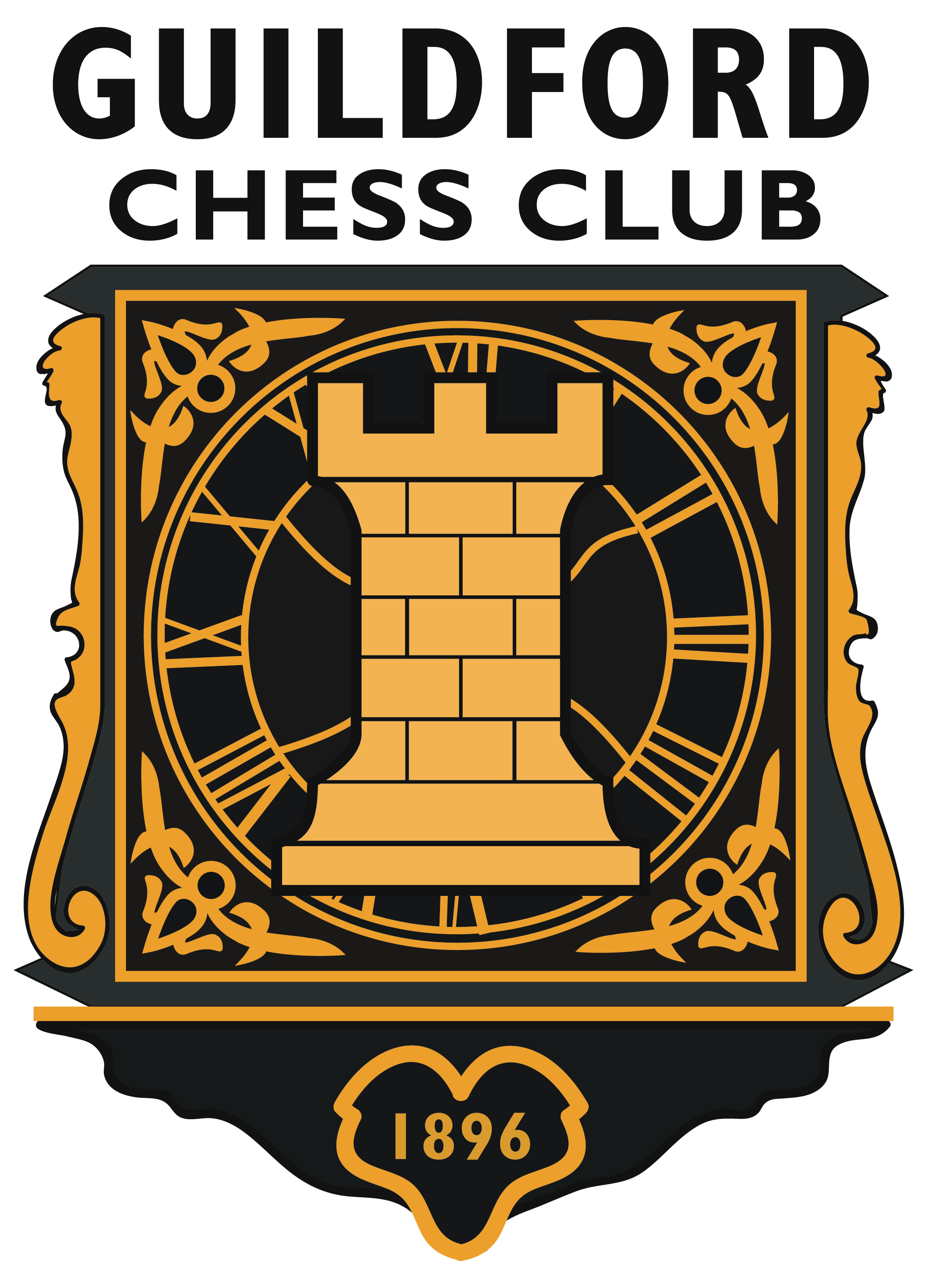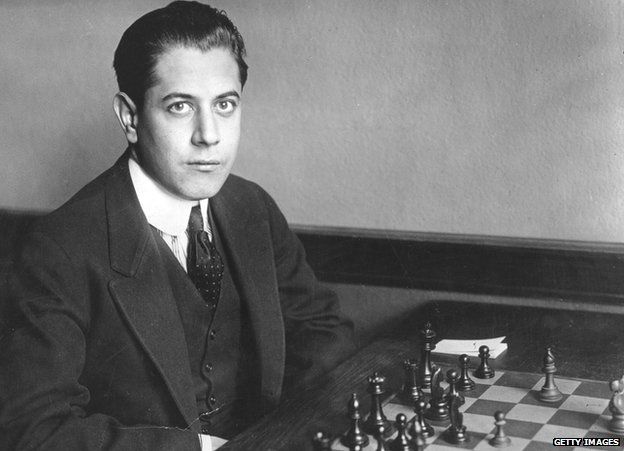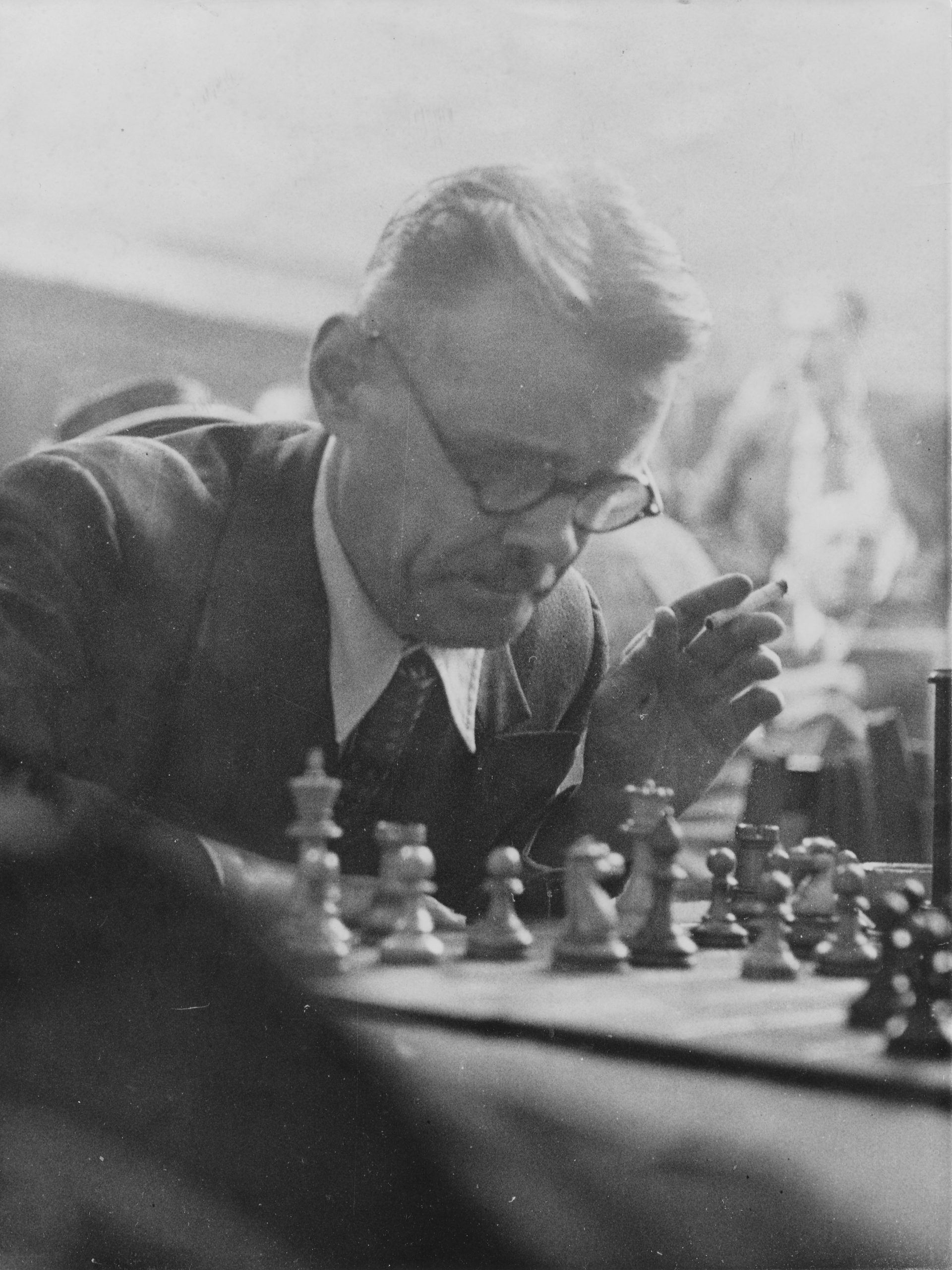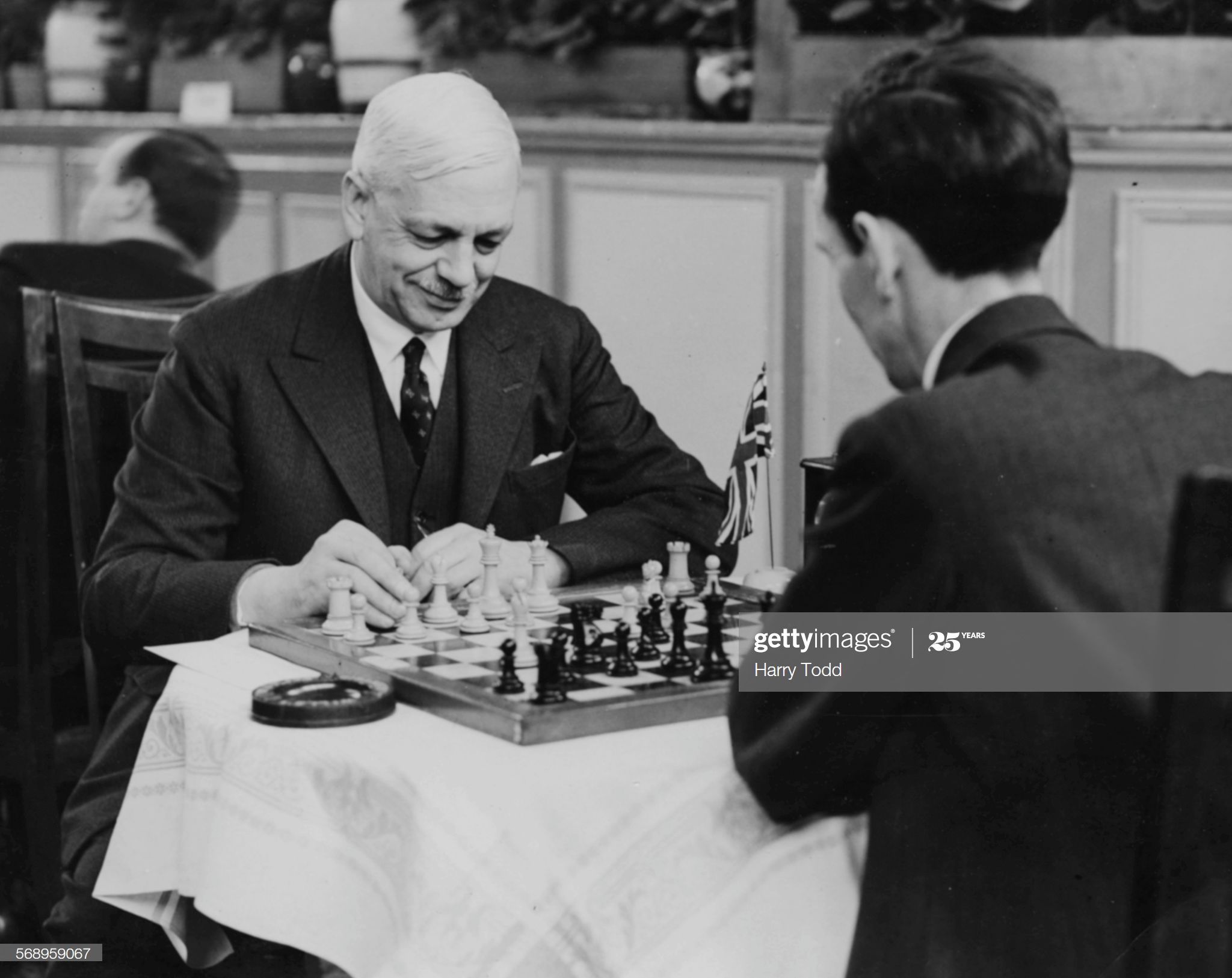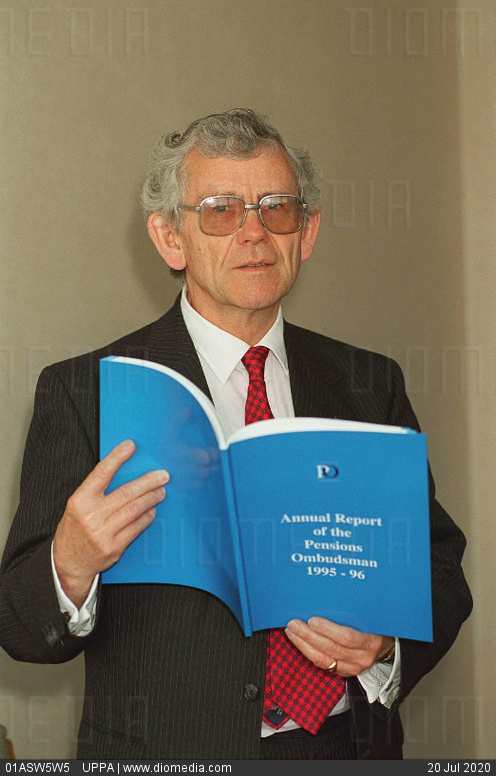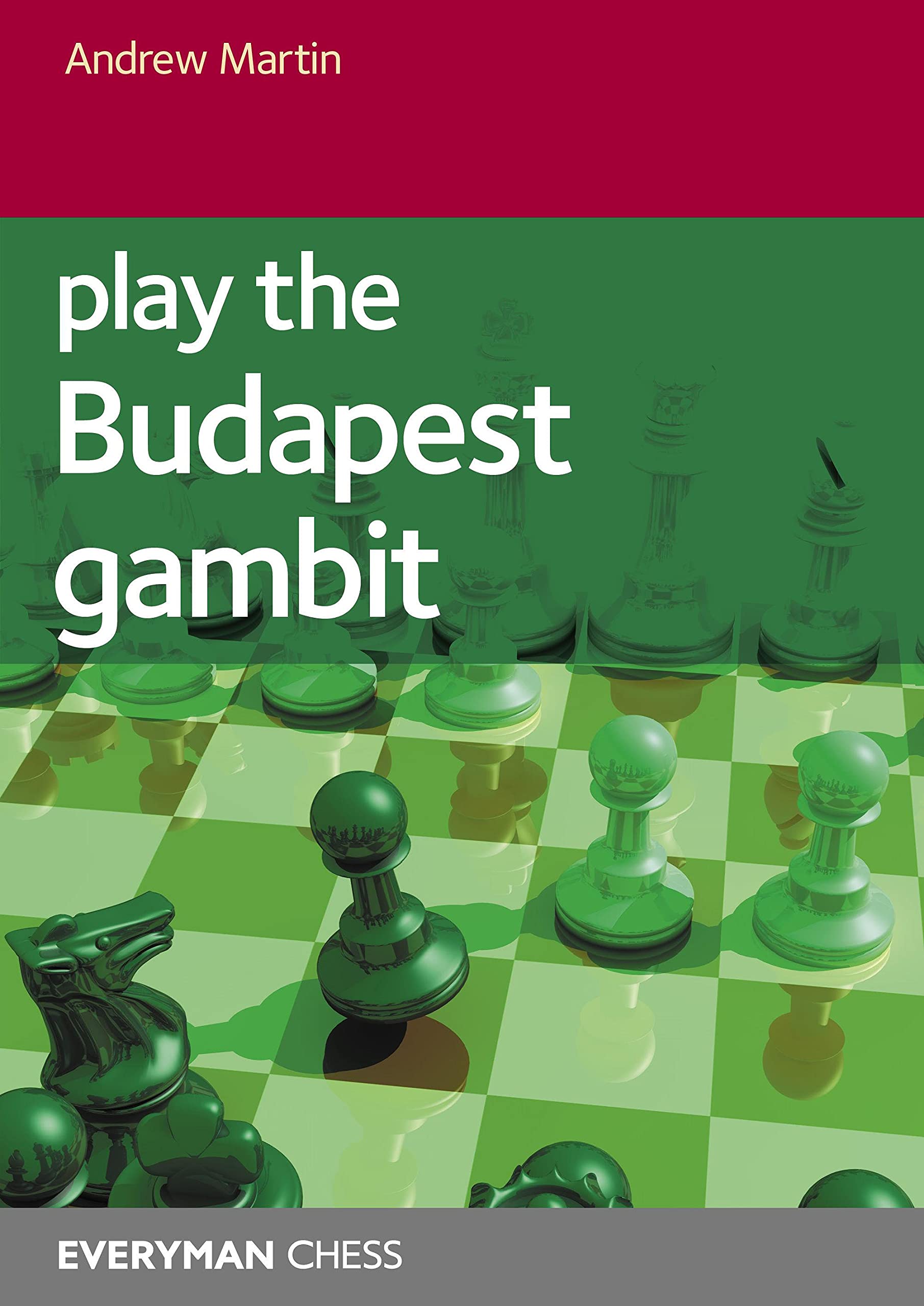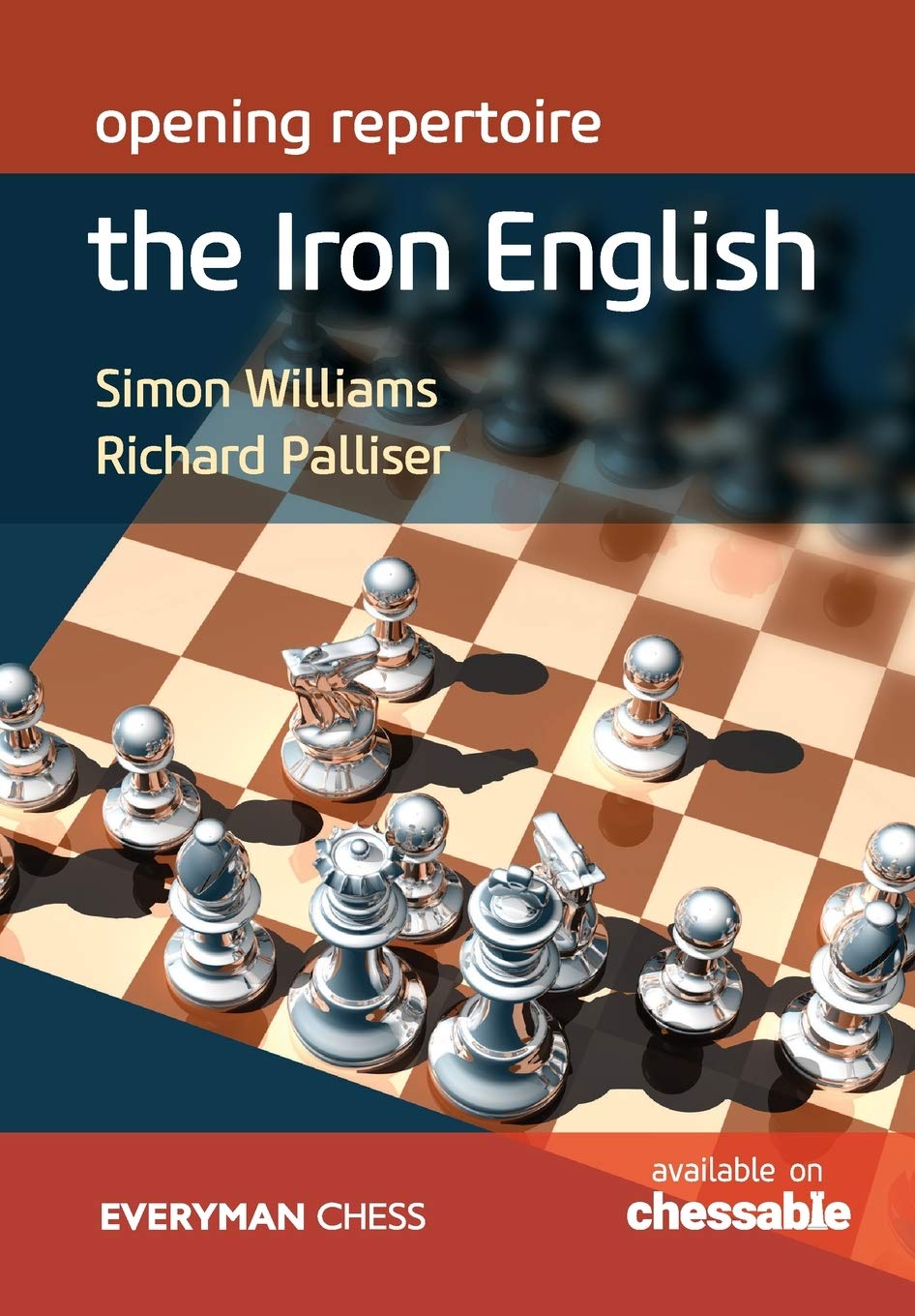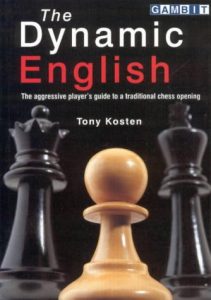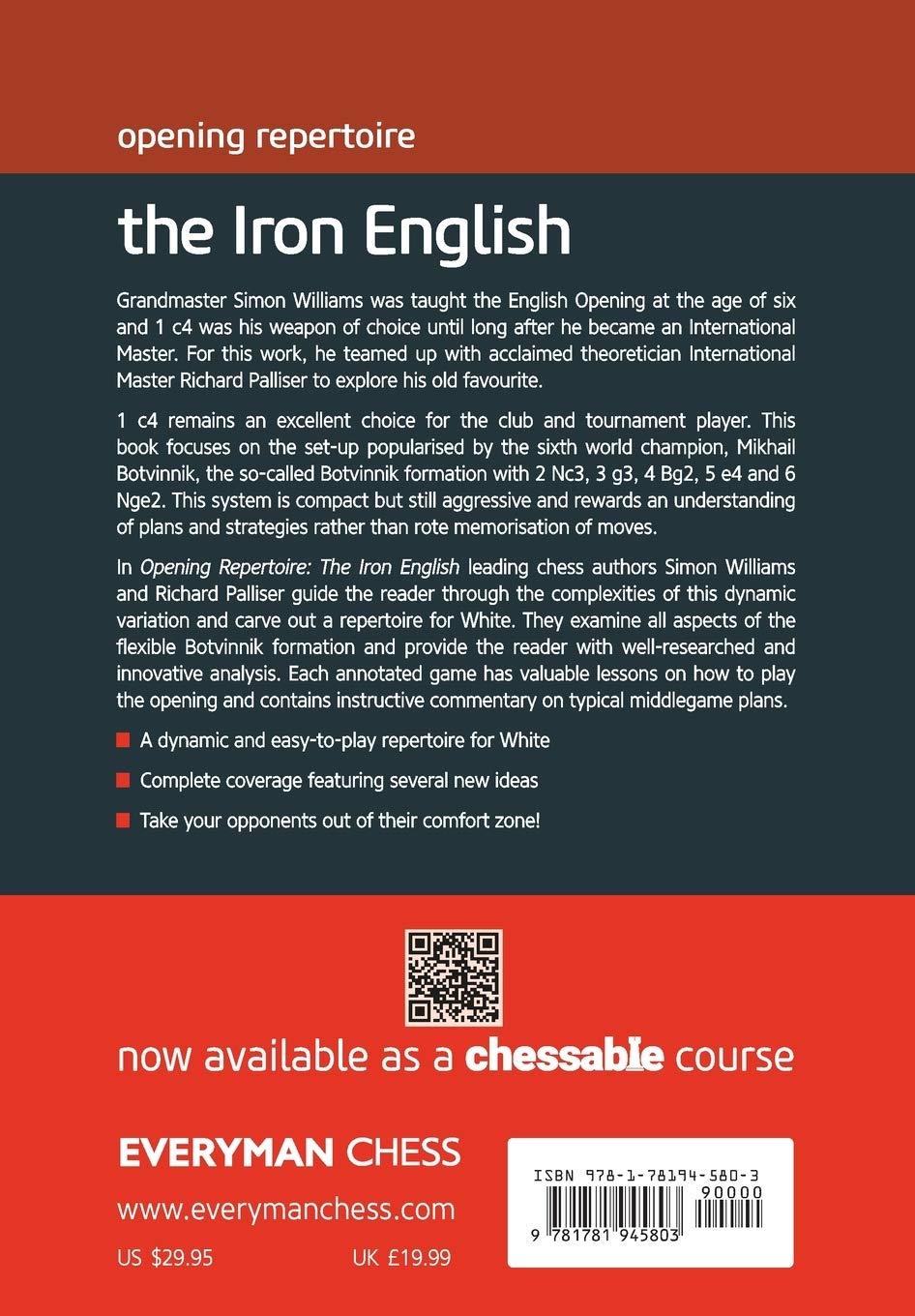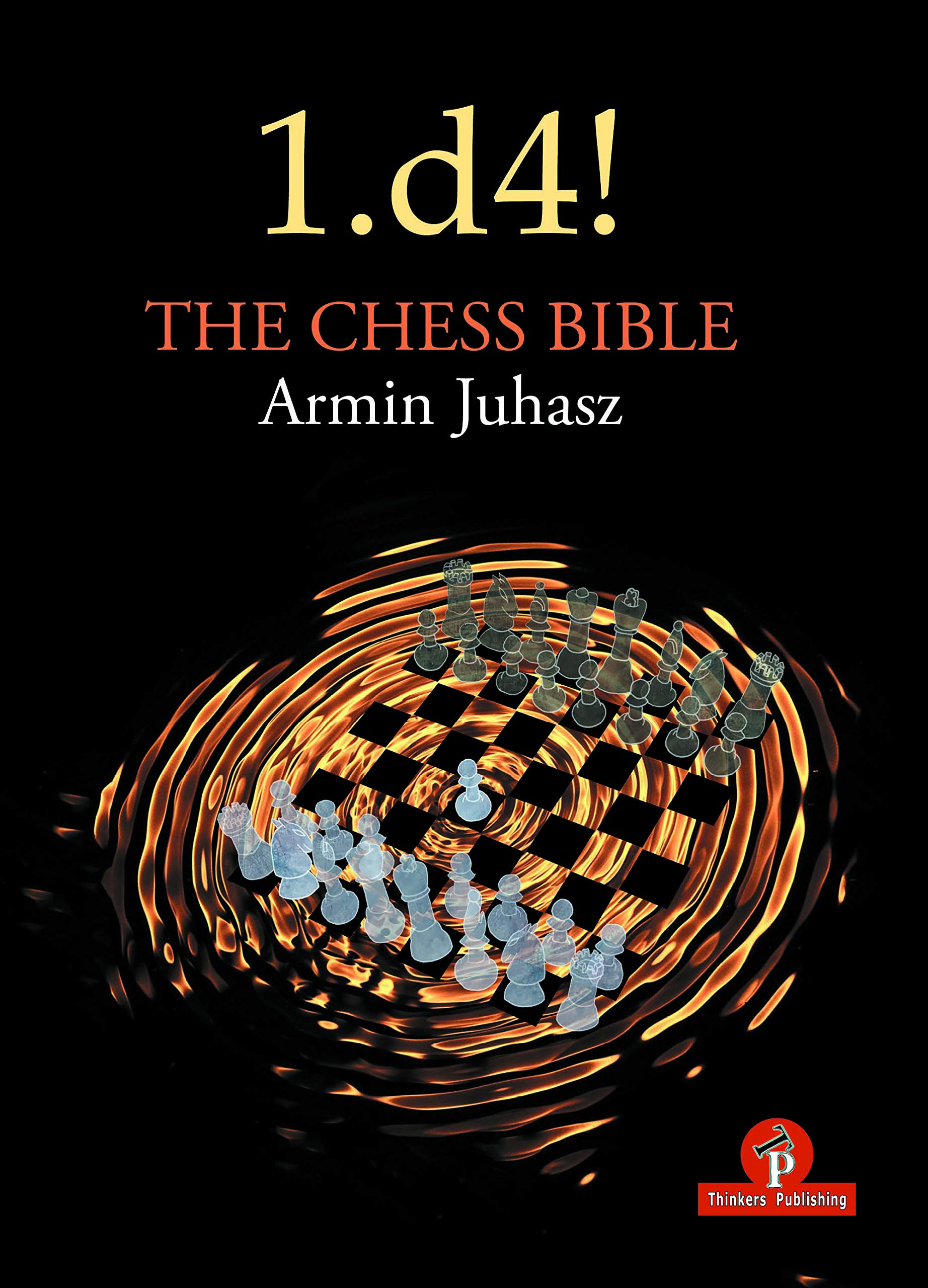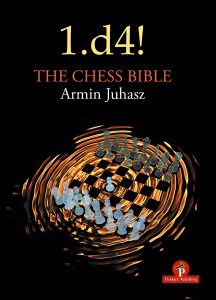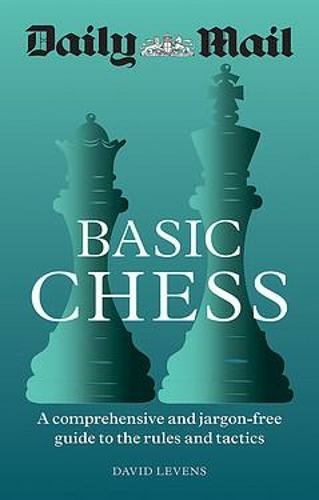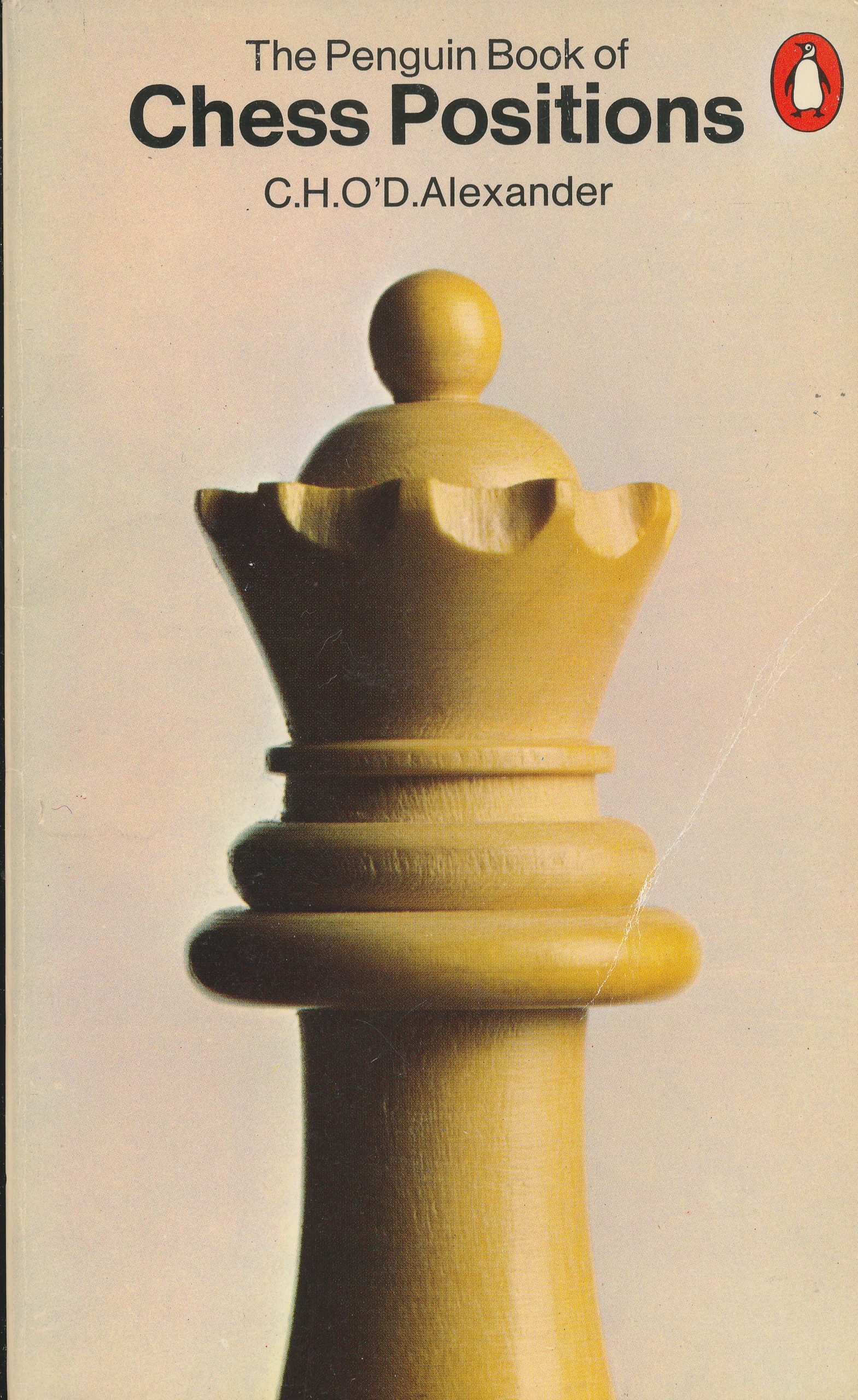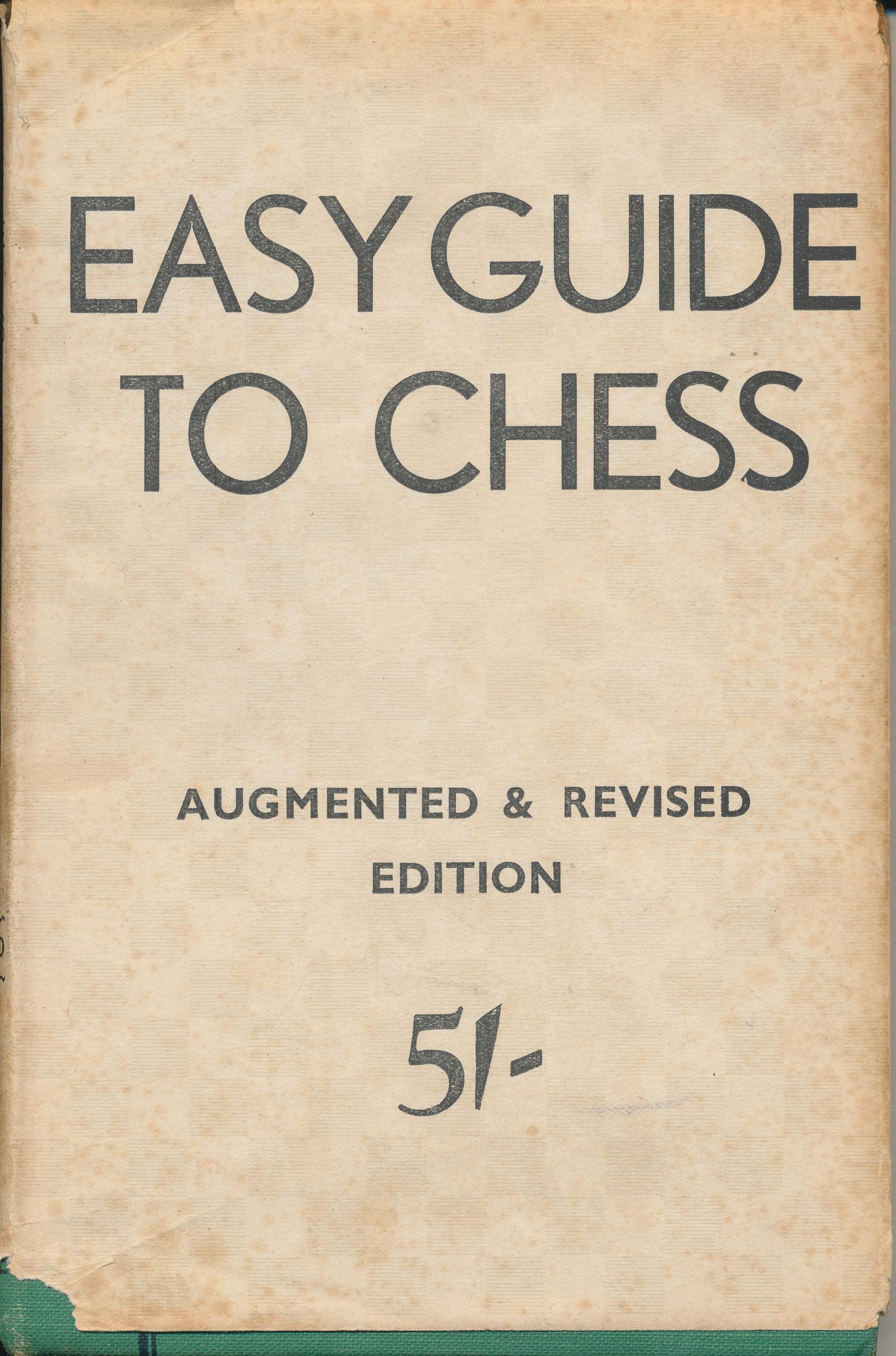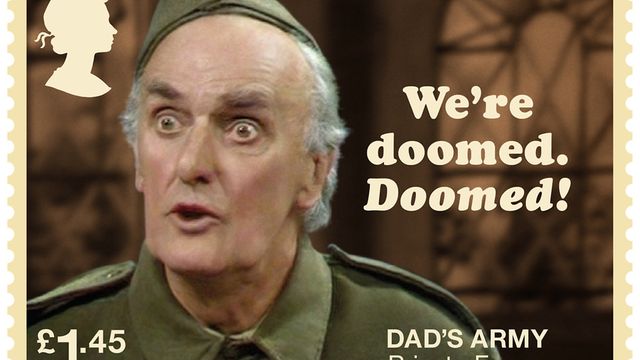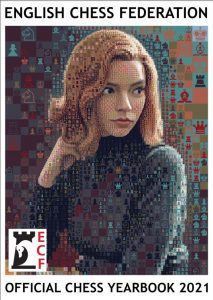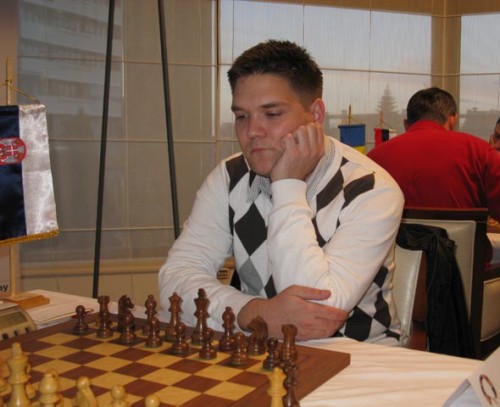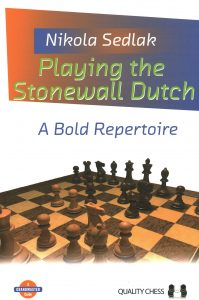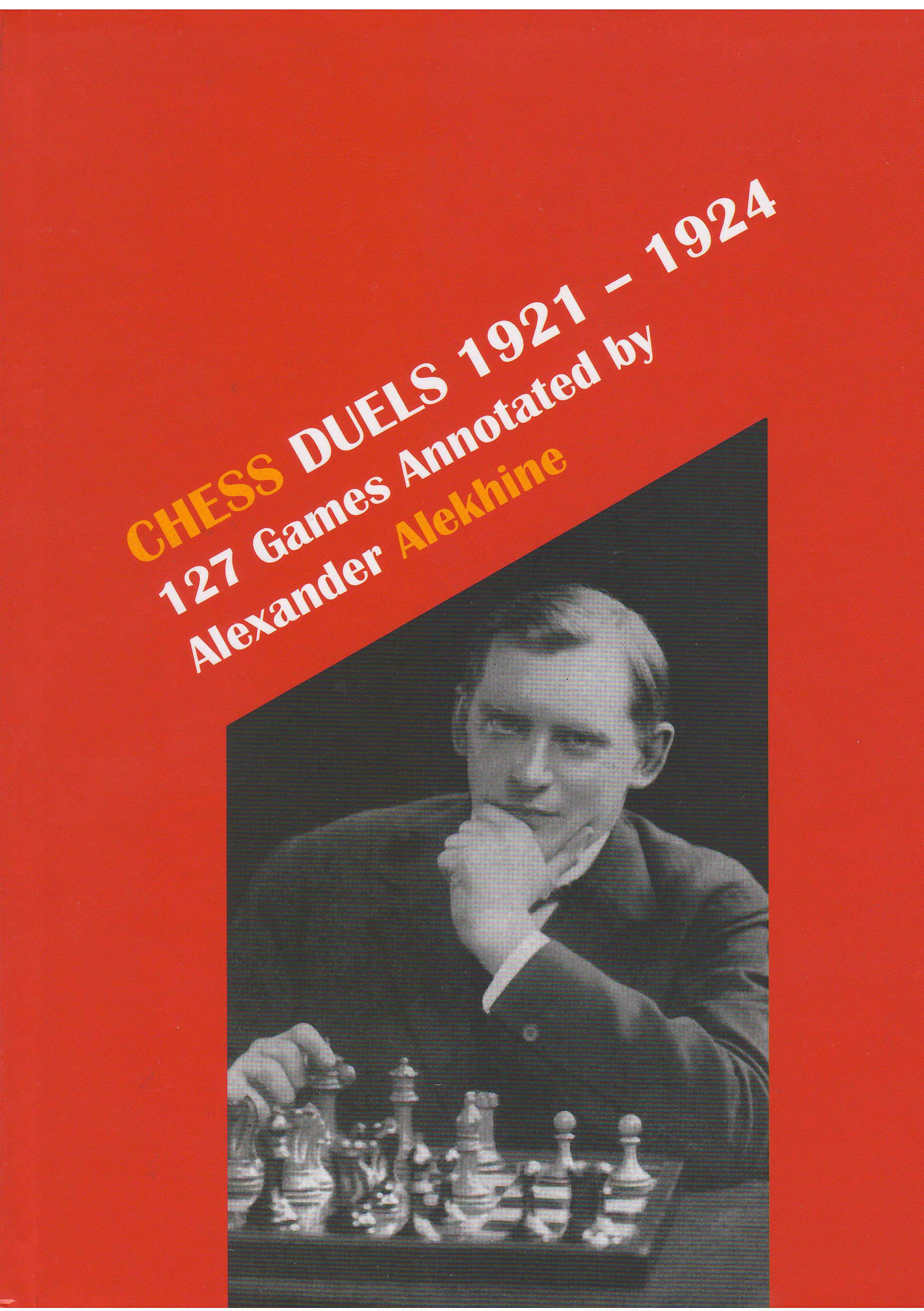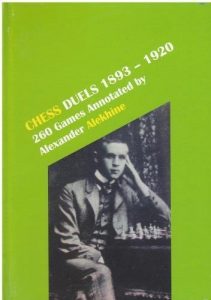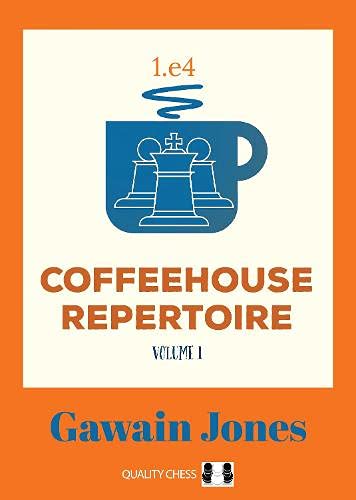
Gawain Jones is an English grandmaster, twice British Champion and winner of the 2020 European Blitz Championship.

From the publisher:
“Coffeehouse Repertoire is a 1.e4 player’s dream: an arsenal of ideas from a world-class grandmaster to surprise and confound your opponents, combining coffeehouse trickery with complete theoretical soundness.
In Volume 1, GM Gawain Jones shows how to put pressure on the Sicilian, Caro-Kann, Scandinavian and Alekhine’s Defences, using lines which feature a potent combination of surprise value, objective soundness and practical effectiveness.
The Coffeehouse 1.e4 Repertoire will be completed in Volume 2, which covers 1…e5, plus the French, Pirc, Modern, Philidor and other miscellaneous Defences.
Gawain Jones is an English grandmaster, twice British Champion and winner of the 2020 European Blitz Championship. He has defeated some of the world’s best players using the ideas recommended in this book.”
End of blurb…
Quality Chess live up to their name by being one of the few publishers who offer a hardback as well as softback version of all of their titles.
The production values are superb with a “McFarland-like” feel. Of course, you could save a few pence and go for the paperback version but we would definitely treat ourselves with an early Christmas present and savour the hardback. In addition, high quality paper is used and the printing is clear: excellent glossy paper has been used. The weight of this paper gives the book an even better feel to it!
The book can easily be laid flat next to the board and does not require weights to prevent it from “self-closing” (a particular bugbear of ours). Each diagram is clear and the instructional text is typeset in two column format, which, we find, enables the reader to maintain their place easily. Figurine algebraic notation is used throughout and the diagrams are placed adjacent to the relevant text.
A small (but insignificant) quibble: the diagrams do not have a “to move” indicator (but they do have coordinates). There is an Index of the Main Games section which is most welcome.
Before we take our first sip of coffee Quality Chess have provided a pdf excerpt.
As before, we are examining Volume 1 which provides a repertoire for White starting 1.e4 against the Sicilian, Caro-Kann, Scandinavian and Alekhine defences. Volume 2 is expected in September 2021 and will cover other replies to 1.e4
Gawain is a consistent 1.e4 player and has scored 67.1% according to MegaBase 2020. Having said that he has scored even more convincingly with other first moves!
This is his fifth book having written four previous volumes on the Sicilian Dragon and Grand Prix Attack.
The books main content is divided into two main sections, Sicilian Defence and Other Defences and these sections are further divided into eight chapters viz:
- Carlsen Variation (of the Sicilian)
- 2…Nc6 3.Bb5
- 2…Nc6 3.Nge2
- 2…e6 3.Nf3
- Move 2 Alternatives
- Caro-Kann
- Scandinavian
- Alekhine
followed by a useful Index of Variations.
Before we continue further we have a warning. If, for you, the book title suggests a feast of dodgy gambits, tricks and cheapos to take to the chess club and online platforms then look away now. You will be disappointed.
Most space in Volume 1 is dedicated to ideas for White versus the Sicilian Defence and no doubt most would predict a Grand Prix Attack based repertoire from the author. Well, not quite.
Gawain recommends
and against 2…d6 we have the interesting
as favoured by Magnus Carlsen and Chapter 1 examines the less common positions that arise from this.
Here is an example:
Should Black prefer 2…Nc6 then the author provides both the Rossolimo Variation, 3.Bb5 (also examined by IM Ravi Haria) and the clever move-order Chameleon, 3.Nge2:
3.Nge2 is also an annoying move order nuance against Najdorf and Dragon experts.
Against 2…e6 Gawain advocates the flexible 3.Nf3 followed by f1 bishop development to either b5 or g2 dependant on what Black plays. For example:
For completeness Gawain devotes Chapter 5 to second move alternatives such as 2…a6, 2…g6 and even 2…b6.
Moving on to the Caro-Kann Gawain recommends the Exchange Variation but in really quite a novel way with an early jump of the f3 knight to e5. This is quite unusual and tricky to meet and CK players almost certainly will be quite surprised. He presents two related move orders:
and the more (according to GCBJ) outlandish:
breaking the “not moving the same piece twice in the opening guideline”.
An example game presented in the book is:
Next up is the Scandinavian Defence which quickly branches into 2…Qxd5 and 2…Nf6.
Against the former the author proposes the line in which White plays 3.Nf3 instead of 3.Nc3 and, at the right time, plays c4.
Here is a tough game in this variation:
For some time Scandinavian experts have realised that the c4 idea is tough to meet and probably therefore fear 3.Nf3 more than the routine 3.Nc3 getting in the way of the c-pawn.
Against 2…Nf6 Gawain recommends the “Modern Treatment” as dubbed by 2…Nf6 expert David Smerdon in his Smerdon’s Scandinavian from 2015 and the detailed analysis commences after:
Finally, we turn to the hyper-modern Alekhine Defence in which a more conventional approach based on the Four Pawns Attack is discussed.
Here is a significant stem game that Jones considers:
For each of Black’s move one replies Gawain presents an overview of the ideas including a “What We’re Hoping for” section. This is the followed by detailed theory with a few illustrative games sprinkled in. The discussion and explanations are friendly, clear and pragmatic talking about the responses one is likely to face rather than a torrent of engine analysis and “best move” labelling.
It is not clear who chose to use the word “Coffeehouse” in the book’s title. The repertoire choices are most definitely not speculative or bordering on unsound. This is a extremely playable set of recommendations and most are used by elite players in the current decade.
Our overall impression can perhaps be best conveyed by likening the repertoire to a collection of choices from the well-known “Dangerous Weapons” series from Everyman brought together under one roof.
We are convinced that, despite the title, this book will be found to be extremely useful by the strongest and club players alike. If you are a Blackmar-Diemer or Latvian Gambit fan then this, perhaps, it not the book for you.
We look forward to Volume 2 in September 2021 when Gawain gets to grips with 1…e5, 1…e6, 1…d6, 1…g6 amongst the remainders.
An excellent fifth book from Gawain.
John Upham, Cove, Hampshire, 7th August, 2021

Book Details :
- Paperback : 432 pages
- Publisher: Quality Chess UK LLP (7 July 2021)
- Language: English
- ISBN-10:178483145X
- ISBN-13: 978-1784831455
- Product Dimensions: 17 x 2 x 24 cm
Official web site of Quality Chess


